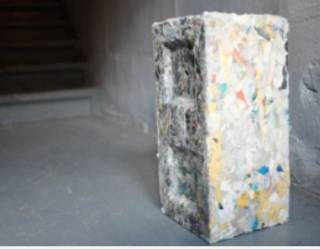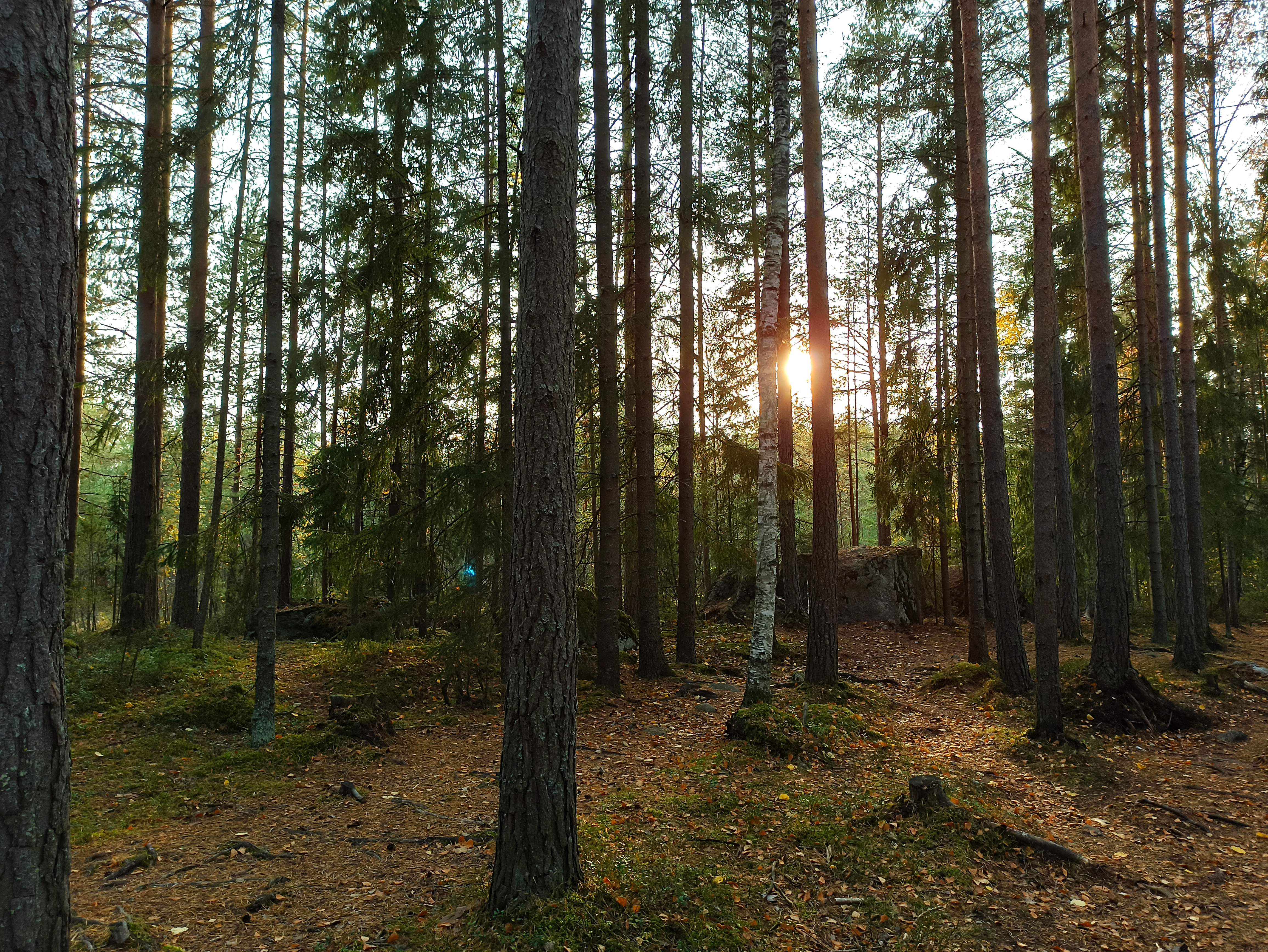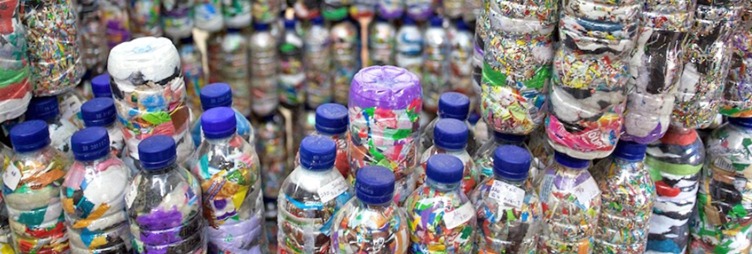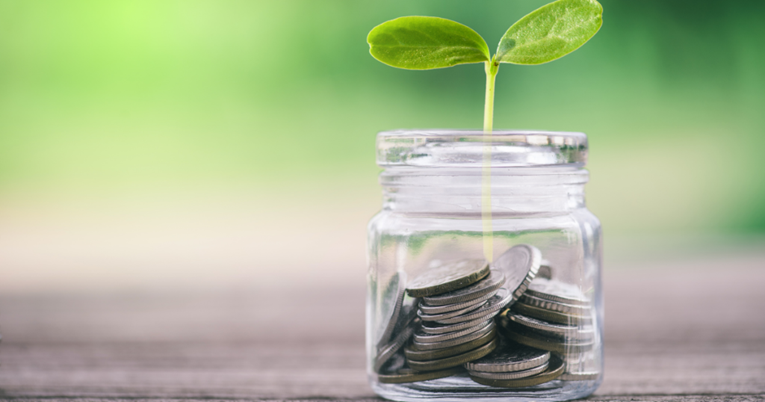The world produces around 400 million tonnes of plastic each year of which only 9% is recycled. Only 3 of the 7 types of plastic that are produced are recyclable.
According to UNEP, globally, people purchase 1 million plastic drinking bottles in every
minute while up to 5 trillion single-use plastic bags are used annually.
The main issue is that recycling these plastics are currently technologically undoable and not even profitable if so. Most of the polymers and mixed plastics that have been labeled as
‘unrecyclable’ are tremendously presents on the planet and their production keep on
growing, what if all this plastic could be used to produce for society? 
Plastic waste coming from consumers have the potential to become a capital resource for
construction project. We’re not talking here about the different known ‘plastic made’ item
we currently use, like PVC doors, frames, and pipes (which by the way include a good
proportion of recycled plastic) but blocks or bricks, replacing the traditional and heavily
polluting concrete.
Plastic can be durable, strong, waterproof, lightweight and most of all recyclables, which are
all key properties for building materials. It also has engineering benefits such as its high
strength-to-weight ratio and resistance to corrosion. From a pure ecological perspective,
plastic is already less energy-consuming to produce than more common materials like steel or
concrete, but even better here, we could just recycle the one we already have and don’t
know what to do with.
GJENGE MAKERS
“So far we have recycled 20 metric tons, and we’re looking to push that value to 50
by the end of next financial year” 
Nzambi Matee, creator of GJENGE MAKERS
in Kenya, use post-industrial and post-
consumer plastic waste as raw material,
which includes plastic bottles and all kinds of containers. An extensive triage is made to
eliminate all traces of rubble and metal.
The plastic is then sent to ‘bake’ and the
boiling mixture is then sent into a mould,
where is final brick form will be given.
Nzambi’s company will create around 2000 bricks a day. The durability expectation is 35%
higher than traditional brick, it’s cheaper, and it’s around 7 times stronger with a higher
melting point as well.
BYBLOCK
“BYBLOCK IS THE FIRST CONSTRUCTION-GRADE BUILDING MATERIAL MADE
ENTIRELY FROM RECYCLED and mostly from UN-RECYCLABLE PLASTIC WASTE. “ 
Byfusion’s concept is to convert 100% of plastic waste into a building material called ByBlock. According to the company, the prototype can process all kinds of plastic without pre-treatment and uses steam and compression to turn waste into concrete blocks. Projects created with ByBlock are easier to disassemble and reuse (with the same strength and quality) than other building materials.
ByBlock does not tear under pressure and does not break when dropped, in contrast to concrete. In addition, ByBlocks does not require any kind of glues, making installation easy
and quick. 
However, building materials made of recycled plastic are not yet widely used in the construction industry. The prototypes are mainly used for the installation of demonstrations.
Facilitating investment in the possibility of plastic recycling requires political will and broad environmental awareness.
But hopefully, the flow will begin to change as public opinion puts more and more pressure
on plastic pollution. Thanks to the government and industry efforts for circular economy ideas,
there seems to be a market open to welcome plastic initiatives to replace traditional building materials.





